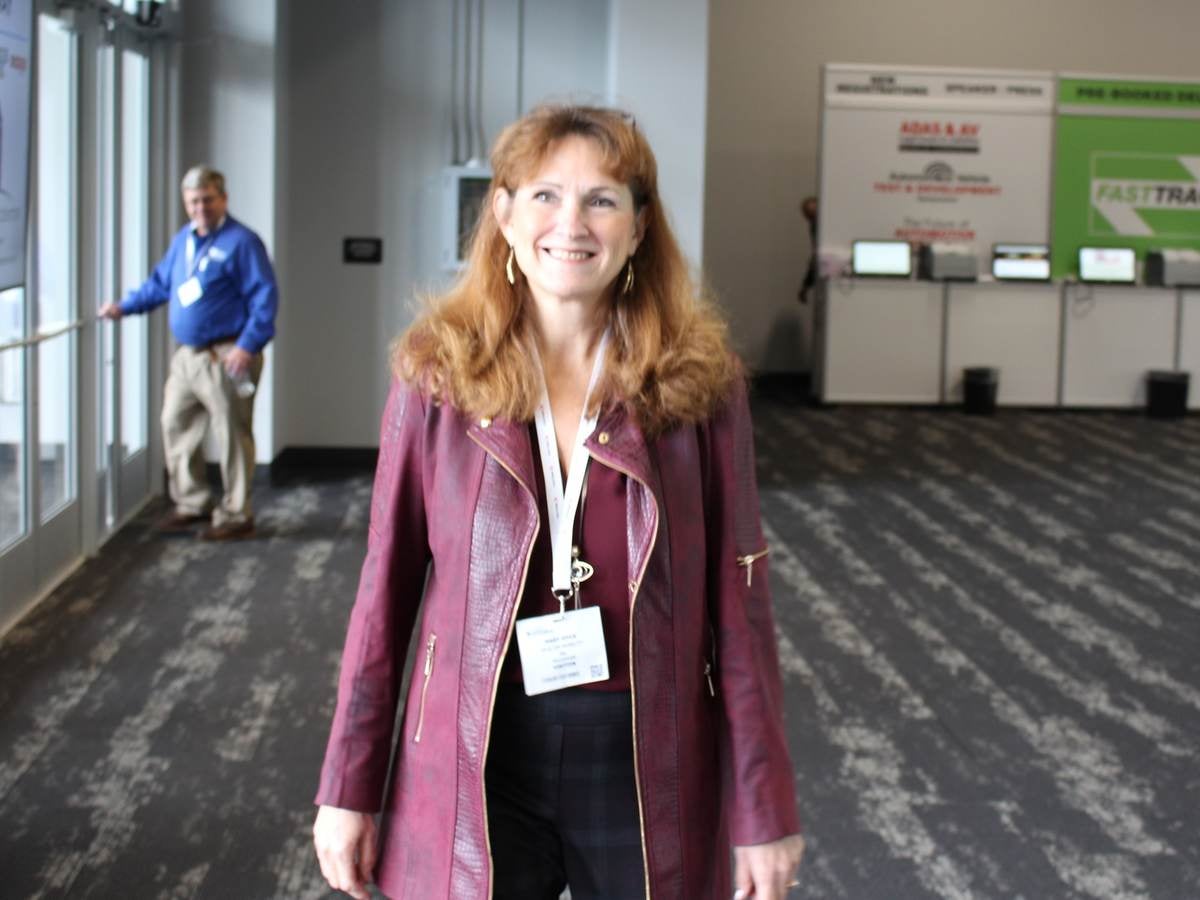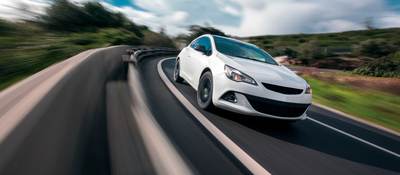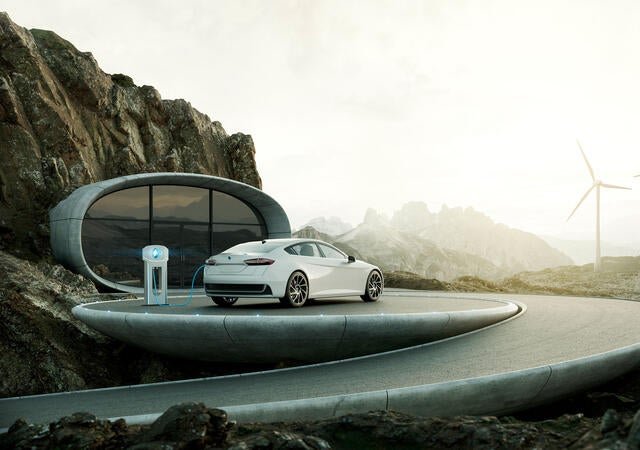November 18, 2019
Mary Joyce’s description of her initial time as vice president and general manager for UL’s Automotive Division resembled “The Amazing Race” more than one’s typical 9-5 commitment. Since her July 18 start date, Joyce has visited UL’s facilities in Krefeld, Germany; the Netherlands; Basingstoke, U.K.; Changzhou, China; Kashima, Japan, and Northbrook, Illinois — and that’s all over a period of five weeks! While others may have faltered at such a hectic schedule, Joyce seemed to revel in it.
“It’s been quite the travel, and I’ve enjoyed every bit of it,” she said.
A Michigan native, Joyce grew up near the heart of Motor City and has nearly 20 years in the automotive and transportation industries. We caught up with her during a recent trip to UL’s headquarters to ask her a few questions about UL’s new Automotive Division.
Where does UL fit into the automotive space?
It's a new division for UL, but the company already had strong expertise in many areas that are important in automotive, such as connected vehicles, shared mobility, electrification and battery technology. These capabilities are going to become even more important with the disruption in automotive due to connected vehicles. UL also has some strong technical competencies in areas like 5G and EMC testing — these will be even more important in the future.
What are the challenges and opportunities right now within the automotive industry?
The automotive industry has not faced this degree of change in probably its entire history. It’s a huge disruption alone with autonomy and connected vehicles, then you add electrification, alternate propulsion and shared mobility — it’s truly changing the entire industry.
Consider the average mid-size vehicle. With basic functionality, it has 100 million lines of code written into it today and an average of 65 computers and microprocessors performing the vehicle’s functionality. By 2025, an average autonomous, electrified vehicle is going to have 1.2 billion lines of code in it. You compare that to a jet plane, which only has 20 million lines of code, and you can see that the complexity of automotive is going to escalate like none other. And with that type of disruption, there are lots and lots of opportunities.
What are your top priorities for helping the automotive industry move innovation to the market?
We’re developing a strategy right now that focuses on the pain points of the automotive industry. However, we can't attack it all, right? We have to narrow our focus to large but manageable areas that fit within our mission. So, while the strategy's not done yet safety is going to be a big part of it, because we are a safety science company after all. The needs of the automotive industry with respect to safe mobility is going to be huge when these disruptors come to attrition
How does UL’s expertise help inform batteries specifically designed for vehicles?
A vehicle battery is not that much different than a lithium-ion battery, which we're already testing — it's just larger and it has more voltage and more current. A vehicle battery is made up of cells and cells make up modules and modules make up packs. And, depending on the size of the vehicle, you may have multiple packs on a truck or just have one large pack on a car. All of that background cell and modular knowledge that we already hold is going to allow us to hit the ground running in automotive applications.
In the beginning, there were a lot of electric vehicle (EV) battery fires, but you don't really hear about those in the news anymore. Has the industry worked out its design problems?
It's still a concern because they’ve increased the density of batteries to fit more energy in a smaller space with a lower weight. They’re pushing technology more and more to achieve better outcomes. So, none of our expertise is going to be wasted, because there is continued development in automotive battery technology.
How will UL’s advanced EV battery laboratory in China help inform and guide safety protocols globally?
We’ve designed the laboratory to do the full range of automotive battery testing. First, the laboratory will perform what we call life cycle testing, which is to make sure the battery doesn't degrade or especially degrade over time to become a safety issue. There's also durability testing which evaluates battery reliability in all different types of conditions. Next, there is what we call abuse testing. We want to make sure that if the battery is in a crash, it'll be able to contain any type of short circuits and not start on fire.
Finally, as discussed earlier, battery technology continues to change and grow, and as a lot of the battery manufacturing is done in Asia, our battery laboratory will be right at the forefront of automotive battery technology.
Learn more about UL's Automotive Safety and Security Solutions.



